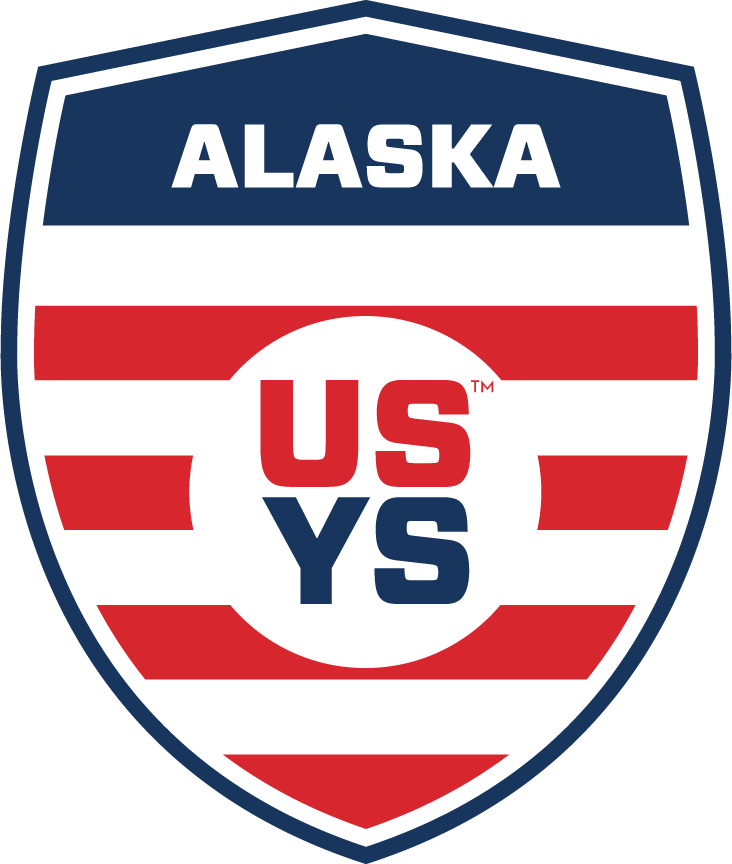Concussion Awareness
The goal of the U.S. Soccer Concussion Management Program is to provide state of the art education, evaluation, and management of concussions among players.
A concussion can be difficult to recognize on the field. Most occur without a loss of consciousness or an obvious sign that something is wrong with a player’s brain function. They can occur at any time throughout games or practice, as a blow to the head or body from contact with the ground, the ball or another player. Working with leading physicians for more than a decade, U.S. Soccer created Recognize to Recover resources that will help coaches, players, parents and referees identify the signs and symptoms of concussion and immediately take action with the appropriate treatment.
Recognize
Changes in Brain Functions
- Lack of awareness of game (opposition colors, score of game, last play)
- Confusion
- Amnesia (does not recall events prior to the hit or after the hit)
- Drastic changes in alertness
- Confusion regarding time, place, or date
- Slowed responses to questions or conversation
- Decreased attention and concentration
Physical Changes
- Headache
- Dizziness
- Nausea
- Unsteadiness/loss of balance
- Feeling “dinged” or “stunned” or “dazed”
- Seeing stars or flashing lights
- Ringing in the ears
- Double Vision
Mental and Emotional Changes
- Depression
- Anxiety
- Anger
- Irritability
- Emotional instability
Recover
Remove, evaluate, and rest are key steps to treating a concussion or other head injury in soccer. When a concussion is identified quickly, it prevents the injury from getting worse, and prevents the player from staying off the field for even longer:
-
Remove
An athlete who experiences a blow to the head or body should immediately be removed for play and should not return to play until he/she is evaluated. When in doubt, the athlete should sit out.
-
Evaluate
Have a health care professional evaluate the athlete immediately. Do not try to judge the severity of the injury yourself.
-
Rest
Never rush a return to play. A return to play should only occur after an athlete has been cleared by a medical professional. If you rush the return, a player is at significantly higher risk for more problems in the future.
Cardiac Conditions
Non-contact collapse of an athlete, coach, referee, or bystander is presumed to be sudden cardiac arrest. While not common, an immediate and appropriate on-site response with bystander intervention is critical for a potential positive outcome. As part of your emergency action plan (EAP), “hands only CPR” with the use of an automated external defibrillator (AED) should be incorporated as part of your program. All staff and players should be educated and trained on this skill with access to an AED either on site or within a rapid response by local emergency personnel. U.S. Soccer recommends annual video or on-site CPR and automated external defibrillator (AED) training for coaches, referees, parents and players 10 years and older.
See more info about keeping athletes safe and healthy on our Recognize to Recover page.

